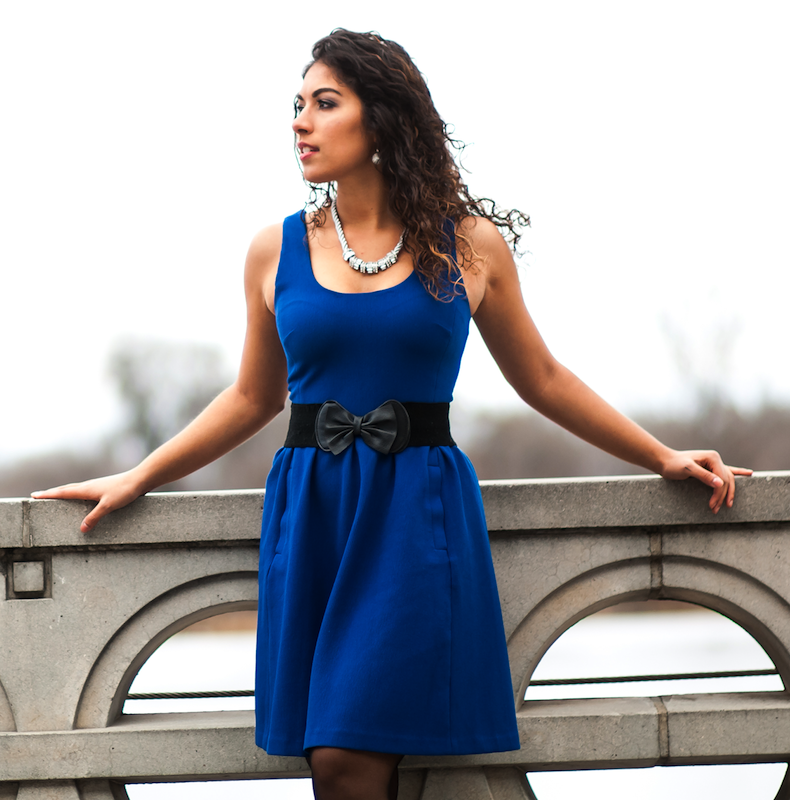Botstein, ASO open strongly with musical art for art’s sake

Soprano Sophia Burgos performed Henri Dutilleux’s “Correspondances” with Leon Botstein and the American Symphony Orchestra Friday night at Carnegie Hall.
Mimesis—that was the concept around which conductor Leon Botstein organized the season-opening concert for the American Symphony Orchestra Friday night at Carnegie Hall. “Musical Representations” was the subtitle, and the music on the program came out of non-musical experiences. If mimesis is strictly an artistic representation of the real world, then Botstein’s program put that on display, and added a layer of abstraction with music that represented art itself.
The orchestra also presented a necessarily succinct argument about tonal modernism, with music from Gunther Schuller, Henri Dutilleux, and a work from Nico Muhly that was premiered earlier this year. Finishing it all off was the familiar entertainments of Strauss’ Also sprach Zarathustra, which turned out to be the least mimetic music of the concert.
Schuller’s Seven Studies on Themes of Paul Klee was the opener, seven representations of images from the painter. Perhaps, though, the music is better understood as seven of Schuller’s reactions to paintings by Klee.
Schuller, who died this past summer solstice, had a substantial career as a composer, musician, conductor, teacher, and writer, and is most immediately known for coining the term “third-stream,” to describe music that combined elements of both jazz and the classical tradition. Schuller himself was a pioneer of the concept, and the third study, “Little Blue Devils,” is a solid jazz composition for a symphony orchestra.
“Little Blue Devils” swings inasmuch as the orchestra and conductor swing, and while it clearly shows Schuller’s values, it seems very far from Klee. The other studies, however, manage the uncanny job of filling the mind’s eye with Klee’s spare, graceful lines, quiet colors, and odd, playful images. The music is pointillist, colorful, quiet, and full of empty space, and the orchestra played it all with precision and sensitivity. One extended study, “Arab Village,” is Schuller’s idea of how that painting sounds, and the Medieval quality of the music is skillful and fascinating, especially when played as beautifully as the orchestra did.
The fine playing continued with Dutilleux’s song cycle Correspondances, a piece based around poetry from Rilke and Prithwindra Mukherjee, and letters written by Solzhenitsyn and Van Gogh. Van Gogh sounds fundamentally integrated into Dutilleux’s overall style. The composer’s music is so vividly colorful, and the way it makes use of blocks of orchestral sound as structural, not just for orchestration, often sounds the way the painter’s The Starry Night looks.
Singing was the impressive young soprano Sophia Burgos. Her sound is light and lyric and her intonation was exact. The songs are all about vivid sensations of the mind and body, an ideal subject for the composer, and Burgos delivered them with expressive phrasing. Botstein controlled the balances, and the orchestra produced a gorgeous sound, especially the aqueous muted brass choirs.
Muhly’s Seeing is Believing was a jaggedly mixed experience. The piece is a violin concerto that conveys the idea of sketching out the constellations through the stars in the sky. The soloist was electric violinist Tracy Silverman, who is a terrific, charismatic musician. He produces a wide range of rich sounds with his six-string instrument and associated effects, and the best part of the piece was hearing him play; setting loops as accompaniment, shimmering through elegant modulations of color and dynamics, chopping out crunchy, rhythmic patterns.
From a compositional standpoint, Muhly relies too much on the soloist, the accompaniment is formless and feels too long. At the coda, though, Silverman and orchestra came together in a more certain structure, and that music produced the muscular beauty that is Muhly at his best.
This was all mimesis as musical impressionism, literally so and also in the historical tradition. While Debussy always hated that term for his own music, his sound and his ideas about form have been essential to the development of the classical tradition over the past 100 years. Schuller, Dutilleux and Muhly all fit comfortably inside his broad and extensive legacy.
Strauss was the outlier in every way. His extravagant late romantic sound made even Dutilleux seem ascetic in comparison, and his subject matter also set him in relief. While the other composers found something outside themselves to represent, Strauss, while ostensibly representing Nietzsche, was fronting himself.
Philosophy is not a fruitful subject for music, but Nietzsche excited Strauss’ intellect and inspired action. The result was the grand, grandiose, and fluid Also sprach Zarathustra, an abstract narrative of one man’s thoughts. As out of place as it felt amidst the other works, the playing was on the same fine level as the rest. This is music that Botstein has obvious feelings for, and he was at his most animated. While the size of the orchestra’s sound never matched what one would expect from the mass of musicians onstage, the playing was full of passion and verve.
The American Symphony Orchestra plays music of “Russia’s Jewish Composers,” Thursday, December 17, 8 p.m. americansymphony.org
Posted Oct 19, 2015 at 4:41 pm by Doug Broadhurst
Tracy Silverman layers colours which seem logistically unattainable.
His unique art moves one from the screaming Guernica, to the soothing caress of Monarchs in Michoacán.
Paintings in the dark of ones mind as you listen.
DB Winnipeg.